Bathroom
Step-by-Step Guide to Repairing a Leaking Toilet
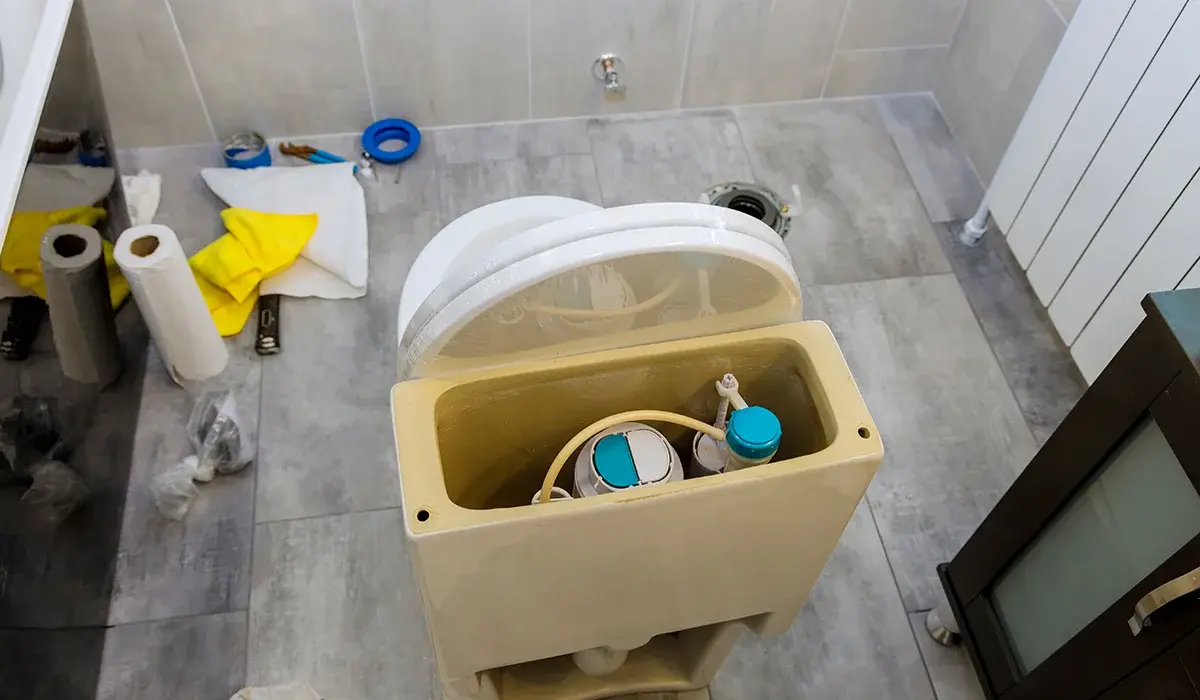
Ultimate Toilet Leak Repair Guide for Homeowners
Toilet leaks waste water, raise your utility bills, and cause long-term damage. This Toilet Leak Repair Guide helps solve these issues.
Knowing how to fix leaks quickly prevents costly repairs. Most repairs use basic tools and require minimal plumbing experience. This guide covers all the essential toilet parts, leak sources, and repair steps. Let’s dive in and get your bathroom back in working order.
Understand Basic Toilet Components
Understanding your toilet parts makes solving problems much easier and faster. Here are the essentials you’ll need to know.
Refill Tube
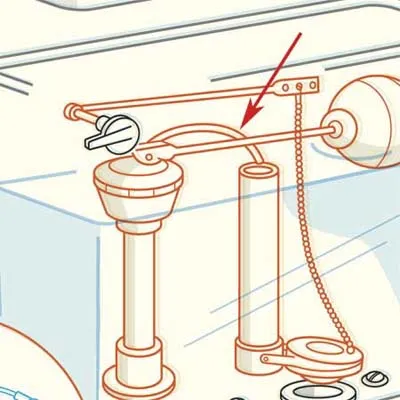
Courtesy of Harry Campbell
The refill tube refills the bowl after flushing. Ensure it stays above the waterline, or the toilet keeps running.
Ballcock or Fill Valve
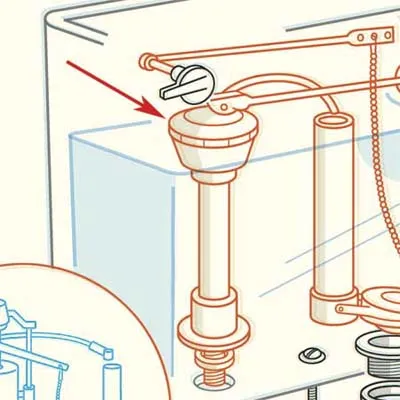
Courtesy of Harry Campbell
This valve controls water entering the tank. If your toilet runs, the fill valve may need adjusting or replacing. Don’t delay.
Float Cup

Courtesy of Harry Campbell
Modern toilets use a float cup to control tank levels. These plastic assemblies work better and last longer than traditional valves.
Float Ball

Courtesy of Harry Campbell
The float ball rises with water levels. If misaligned, adjust it to stop overflows and reduce unnecessary water usage immediately.
Chain

Courtesy of Harry Campbell
The chain lifts the flapper. If too short or too long, it causes leaking. Adjusting chain length can solve running toilet problems.
Overflow Tube

Courtesy of Harry Campbell
This tube prevents tank overflows. Lower the float cup or ball if water drains constantly into this tube. Save water this way.
Flapper
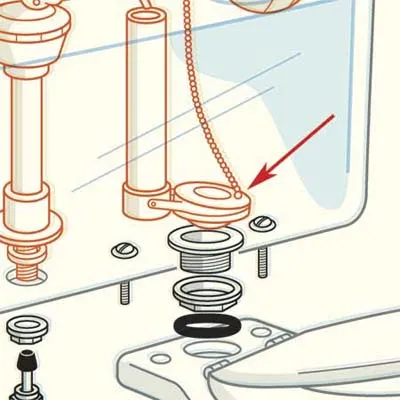
Courtesy of Harry Campbell
The flapper controls flush water release. Clean or replace it if mineral buildup causes your toilet to run constantly after flushing.
Gasket
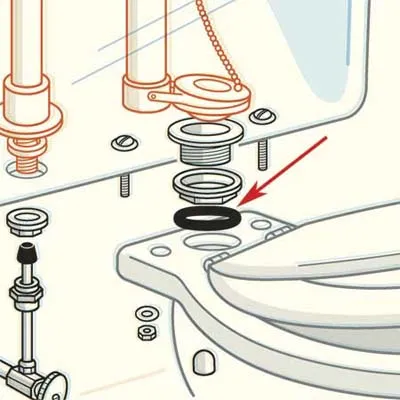
Courtesy of Harry Campbell
The gasket seals the tank and bowl. Leaks here require immediate replacement to prevent damage. Check this seal during regular maintenance.
Wax Ring
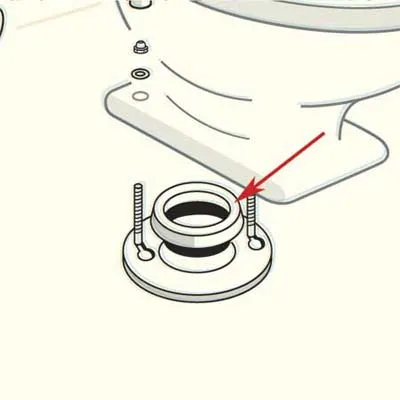
Courtesy of Harry Campbell
This wax ring seals the toilet base to the drain. Replace it if water leaks from the base. Consider hiring a plumber if unsure.
Closet Bolts

Courtesy of Harry Campbell
These bolts secure the toilet bowl to the floor. If your toilet wobbles, gently tighten these bolts to restore stability and safety.
Closet Flange
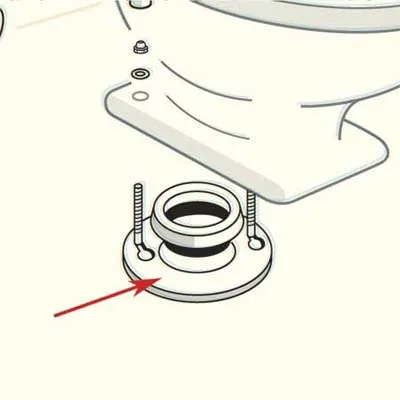
Courtesy of Harry Campbell
The flange anchors your toilet to the floor. Damage here causes leaks or instability. Professionals should inspect and replace faulty flanges.
Common Toilet Issues and Fixes
Now that you understand your toilet’s parts, let’s explore common problems and solutions. The Toilet Leak Repair Guide outlines them below.
Constantly Running Toilet
That endless hissing likely means the flapper or chain is faulty. Adjust or replace them for a quiet, water-efficient flush every time.
Toilet Fills Slowly
A slow-filling toilet typically means the supply valve isn’t open fully or the fill valve has buildup. Clean or replace if needed.
Toilet Doesn’t Flush
If your toilet fails to flush, reconnect a loose chain or replace the flush lever. Flush function is vital for basic sanitation.
Weak Flush
A weak flush usually comes from clogged jets or a blocked trapway. Clean jets and use a plunger or auger to clear clogs.
When to Call a Professional Plumber
Sometimes a DIY solution doesn’t fix everything. This Toilet Leak Repair Guide highlights when to contact professional help instead.
Water Damage Around Toilet
Visible water damage signals deeper issues. Professionals can inspect underlying plumbing or structural concerns that DIY repairs can’t reach.
Multiple Leaks
Leaking from several points means there’s a major problem. A professional plumber can fully assess and repair your toilet’s systems.
Failed DIY Repairs
Tried everything but still have leaks? A plumber brings experience and tools that fix issues fast and thoroughly, without extra guesswork.
Signs of Sewage Backup
Strong odors or backflow mean sewage problems. These health hazards need expert attention right away to prevent serious contamination.
If You Feel Uncertain
Plumbing work can seem intimidating. If you feel unsure, hire a licensed plumber. It’s better to be safe than cause further damage.
Stay Leak-Free with Preventative Care
Prevent leaks before they start. Regular maintenance ensures every toilet component works well and extends the life of your system.
- Inspect flappers, chains, and gaskets every six months.
- Adjust or replace components showing signs of wear.
- Check floor seals to prevent wax ring failure or rotting subfloors.
Following this Toilet Leak Repair Guide will help keep your bathroom clean, efficient, and worry-free for years.
Explore More Tips and News
Need more plumbing tips or home repair advice? Explore more news on this website for expert insights and easy DIY guides!
